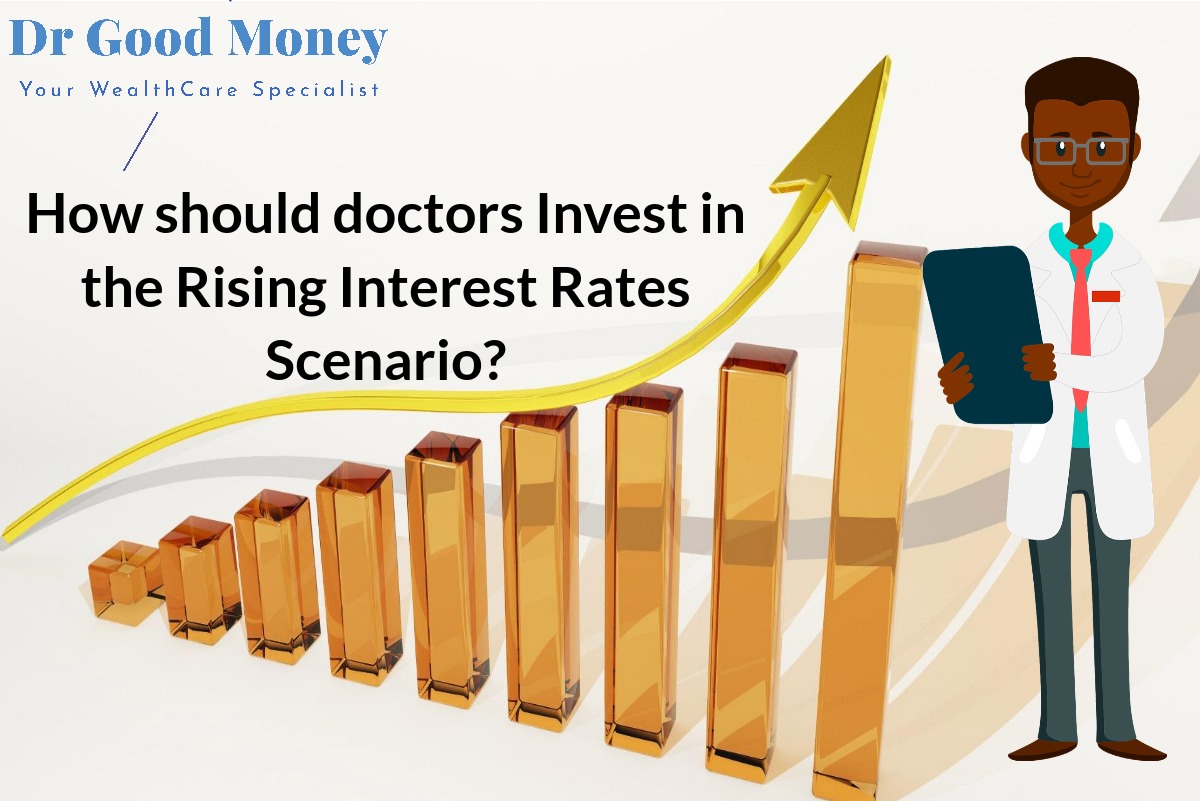This article is about the Investment products and expenses that come under section 80C of income tax act. Deduction under section 80C is available to all taxpayers. Be it salaried, Professionals, business person, Retired or HUF all can make investments in the specified list of products and claim deduction under section 80C.
Claiming deduction means that whatever you invest in the specified instruments, up to the maximum limit, will be deducted/reduced out of your total income, and the balance income after applying deductions under other Income tax sections will be taxed as per income tax slabs.
The maximum limit of deduction under section 80C is Rs. 1,50,000.
(Also Check: Income Tax Deductions for FY 2020-21, Infographics)
If Invested wisely, section 80C investments alone can help in the complete financial planning for many. And Moreover, it’s not only about investments, but some of your expenses also help you in saving tax under this section.
So for higher-income bracket people, this could be advantageous to claim the benefit of section 80C from expenses alone and Invest their money wisely in other open-ended instruments for their long and short-term goals.
It is important to note that those who have income only from Capital gains, they are not allowed to take benefit of section 80C investments for tax saving.
Section 80C – Qualifying List of Investments
- Employee Provident fund (EPF)/ Voluntary Provident Fund (VPF)
Employee Provident fund or EPF as it is popularly called is not an alien product to anyone, especially the salaried employees. EPF is the mandatory deduction of 12% of the basic salary of the employee. The same contribution is made by the employer.
Employee contribution in EPF qualifies for Section 80C deduction.
If an employee wants to get a higher amount deducted from his salary looking at the lucrative, fixed, and tax-free rate of interest in EPF, then he may approach the employer and increase the allocation in EPF through VPF (Voluntary Contribution fund) and starts contributing more than 12%, but maximum up to 100% of total Basic salary.
Employee’s total contribution in EPF/VPF qualifies for Section 80C deduction
2. Public Provident Fund (PPF) –
A public provident fund account is the most popular product among investors. It is open to every individual, including doctors. Unlike EPF, PPF can be invested in even by doctors having their own practice. It’s 15 years lock-in product, but withdrawal is permitted on some conditions.
PPF is a fixed income small saving scheme backed by the government of India. The rate of Interest in PPF and other small saving scheme is announced every financial quarter.
PPF can be opened in the name of self, spouse, or minor children. The maximum deposit limit is Rs 1.50 lakh per investor totaling all accounts
3. Equity Linked Saving Scheme (ELSS) Mutual funds –
Not all mutual funds offer tax deduction under 80C. ELSS is the special category of Mutual fund approved and notified by the finance ministry for this purpose. It is an equity-linked mutual fund having a lock-in period of 3 years.
It’s a Market linked instrument and returns completely depends on how the stock market and invested stocks perform in a particular scheme.
Though the lock-in period is of 3 years only, this is not a suitable time frame to invest in equity schemes. So, one should have a longer time horizon to invest in ELSS and enjoy the true benefit of the scheme.
Also, do not just look at the past returns but future requirements and your risk tolerance level to get into ELSS schemes. Understand equity investments to make the most of it.
4. Sukanya Samriddhi account-
This scheme can be opened in the name of a girl child below 10 years of age. Investments can be made until 14 years from the date of opening of the account. It offers a 0.5% rate of interest higher than PPF.
This scheme is also available to all salaried or Self employed. So Practicing Doctors can also open it in their daughter’s name.
Sukanya Samriddhi’s account is the brainchild of the Modi Government and was launched under the Campaign “Beti Bachao Beti Padhao”. And is a suitable scheme for those looking for safe and tax-free returns, along with tax saving under section 80C.
5. National Savings Certificate (NSC)-
This is another one of the oldest tax saving instruments. It comes in 2 variants 5 years and 10 years. Both the variants are eligible schemes for deduction under section 80c.
The Interest rate like other small savings schemes gets announced every quarter, but unlike PPF which is a regular investment account, NSC’s interest remains fixed for its tenure as this is a one-time investment.
The Interest is compounded half-yearly, and the interesting part in this is that though taxable in itself, but its interest payments will also be counted for tax saving under section 80C.
6. 5 years bank /Post office Term deposit-
Fixed deposits for the tenure of 5 years in any scheduled bank or Post office is also eligible tax saving instrument under section 80C.
Not all FDs come under this provision. So, do note that you have to inform the bankers beforehand while making this deposit and tell them that this FD is meant for Tax saving.
7. Life insurance Premium-
Life insurance policy premium paid for towards the life of Self, Spouse or children also comes under section 80C.
All insurance policies, be it term life, Endowment or ULIPs are part of this.
No deduction under section 80C is available for Life insurance premium paid towards parent policy. Also, the policy can be purchased from any life insurer, not necessarily only LIC
8. Senior Citizen Saving Scheme (SCSS)-
SCSS is a Small saving scheme meant for Senior Citizens. This is 5 years lock-in product with a maximum deposit limit of Rs 15 lakh. But the tax benefit u/s 80C is limited to Rs 1.50 lakh only.
This scheme has a high rate of interest with quarterly payouts. Interest is taxable.
Section 80C – Qualifying List of expenses
- Stamp duty and Registration Charges for home
When you purchase a house and pay stamp duty and registration charges for the same, that amount can be claimed under section 80C up to the maximum limit of Rs 150000.
2. Repayment of Principal Portion of Home Loan
The principal portion of EMI payments on home loan towards residential house purchase qualifies for Tax deduction under section 80C. Do note that not the total EMI which also constitutes the interest portion of it, can be claimed under 80C, and only the Principal part is eligible for it and Interest can be claimed under section 24.
(Also Read: How Salaried Doctors can claim HRA Deduction?)
3. Children School Tuition Fees
The portion of Tuition fees out of the total school fee paid to your child’s school/college can be claimed under section 80C. This benefit is available for a maximum of up to 2 children and is limited to the amount paid in the same Financial year.
The kind of rise in education fees in past years has led to the covering up of section 80C limit in the school expenses only for many.
Besides the above, there are some other Investments which though covered by different Income tax sections but comes under the maximum limit of section 80C. These are Insurance pension products which are covered by section 80CCC and New pension scheme under section 80ccd (1).
However, In NPS you may invest Rs 50000 to claim tax benefit over and above the limit of Rs 1.50 lakh u/s 80C.
(Also Read: Should Doctors opt for the New Pension Scheme?)
How Doctors can make the best use of Section 80C investments for financial planning?
As you can see there are multiple products, which may suit the varied needs of investment requirements. All the products will give you tax benefits under section 80c, but you should go with those which suit your long and medium-term goals too.
ELSS products do sound like a better choice looking at the return, but it comes with volatility too, so if you are an average risk seeker then going with ELSS only will not make sense at all.
I believe you should start with Life Insurance, and get yourself adequate life cover from term life insurance products. PPF, Sukanya Samriddhi are the ones that give safe and tax-free returns but have a very high lock-in period. But if your requirement as per your financial goals is very long term then there is no harm getting into such products.
Go with NSC if you want safe returns with less lock-in, and also liquidity, as you can get a Loan against the National savings certificate.
All the instruments under section 80C have their pros, cons, and risk factors. Follow a financial Planning approach to invest wisely.





